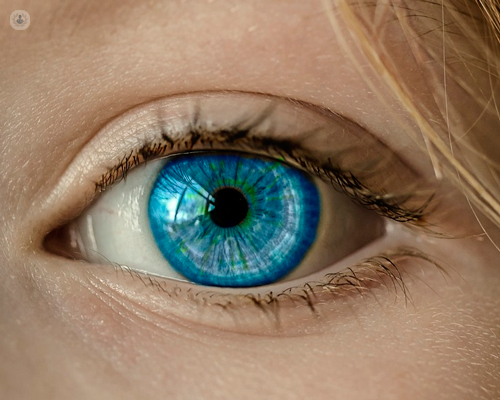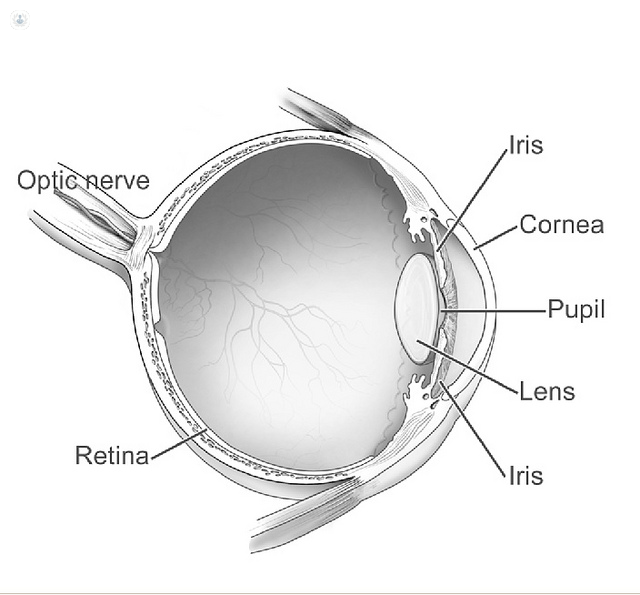



What is the cornea?
The cornea is the protective transparent membrane covering the front part of the eye, namely the pupil and the iris. It is about 0.5 mm thick and it is made of five layers: corneal epithelium, Bowman's layer, corneal stroma, Descemet’s membrane and corneal endothelium. The cornea is kept moist with a thin layer of tears (tear film) right on top of it.
What is the cornea for?
Besides protecting the inner part of the eye from injuries and pathogens, the cornea reflects light when it passes through towards the inner structures of the eye.
What conditions can affect the cornea?
Several corneal conditions are linked to genetic factors and to family history. If someone in your family has suffered from a corneal condition, you should go for an eye examination for early detection of any potential eye disorders.
The most common injuries and conditions of the cornea are:
- Keratitis (inflammation of the cornea)
- Fuchs' corneal endothelial dystrophy (FCED)
- Corneal dystrophies
- Corneal ulcer
- Keratoconus
- Corneal abrasion (scratched cornea) – this can cause a loss of the surface epithelial layer of the cornea and thus a loss of transparency.
- Herpes
- Shingles

How can corneal conditions be treated?
With early detection it is possible to treat corneal conditions, which will avoid the risk of having to do surgery. If some corneal diseases and dystrophies are not caught early enough, the best option could be a corneal transplant. By substituting the diseased cornea with a new one, the eyes can be restored to normal. Artificial corneas (also known as keratoprosthesis) are also an option for patients whose transplants have not been successful, or who were ineligible for a transplant in the first place.
Which doctor should I see?
You should see a specialised ophthalmologist.